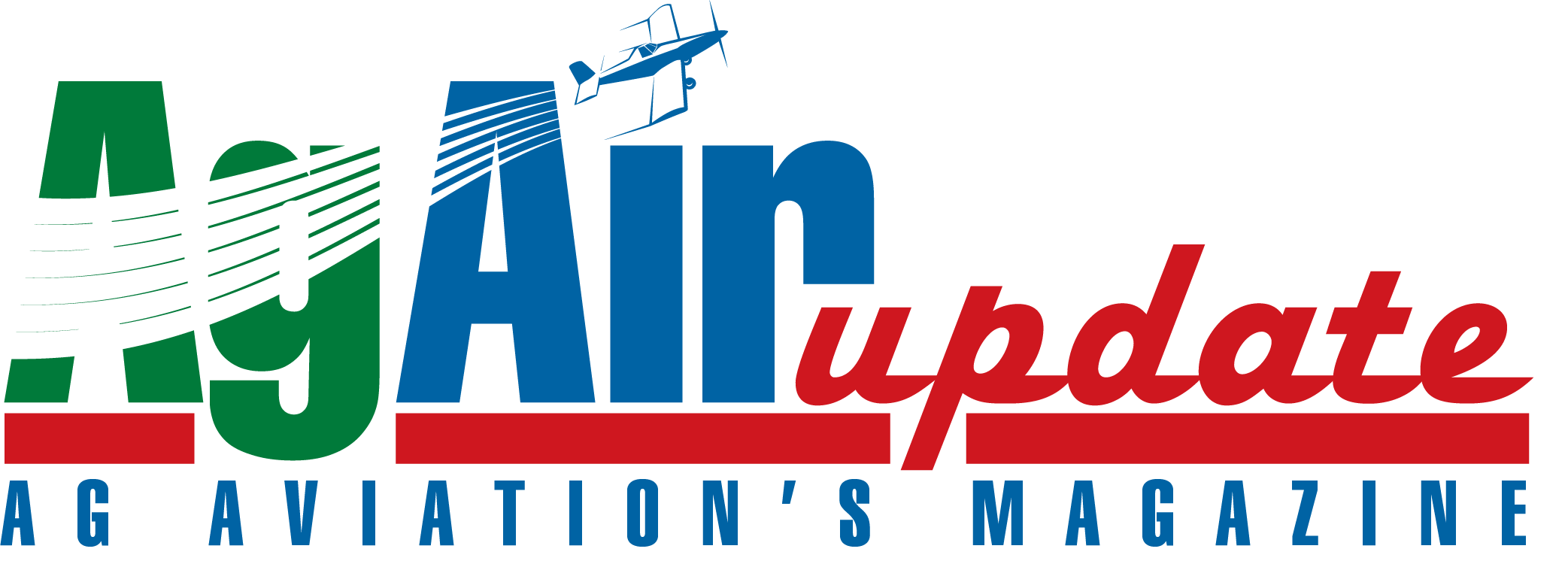Spray low, but not too low
By John Garr and Jerry Green, GarrCo Products
Applying a low spray volume is more efficient. The less water you spray, the more efficient your applications are from a time and cost perspective. Lower spray volumes are the usual case with aerial pesticide applications and is also common with ground applications. We once heard a leading university researcher say that 7.5 gal/ac is considered irrigation in North Dakota.
Outside the U.S., some take this to extreme and spray liquid product formulations straight or with very little water added (less than 1 gal/ac). Not sure if this is a legal label application in those countries, but spraying straight product is generally not allowed by the label in the U.S. For instance, the lowest legal label volume for glyphosate is 3 gal/ac in the U.S. Applicators that apply straight product often “feel” they need to apply smaller droplets for “coverage”. Some call this “fogging it on” and that “fog” will drift, particularly at 150 mph when small droplets can even rise in the air turbulence.
Just as importantly, small spray droplets do not penetrate the crop canopy as well as larger droplets and may leave the pesticide only on the top portion of the canopy. Nobody wants to waste a spray application because it was ineffective, hence “contact” pesticide labels often recommend higher spray volumes to get better coverage and canopy penetration. In contrast, uptake is more important than coverage for systemic pesticides. Systemic pesticide labels often allow wider spray volume range and larger droplets. The larger droplet spray deposits stay moist longer, which allows for more pesticide uptake into the plant. Small spray droplet deposits dry more rapidly and once a spray deposit is dry, uptake slows or even stops.
The need to maintain coverage intuitively makes sense for contact pesticides because they do not move; they must either be deposited where the pests are or cover most of the weeds. On spray cards, the smaller the spray droplets at fixed spray volume, the more it looks like total coverage. For each factor of two that droplet diameter is reduced, the droplet volume is reduced 8-fold. Thus to maintain the same droplet number at 2 gal/ac as 16 gal/ac, the droplets need to be half the diameter. Applying a straight formulation at 1 qt/ac, droplets must be 4-fold smaller than 2 gal/ac. It feels right to maintain droplet coverage, but do we need all those small droplets?
Spray droplet number is usually not the limiting factor, especially since the majority of pesticides today are systemic and move around inside the plant. For example, a 2 gal/ac spray of 200 micron spray droplets deliver approximately 300 droplets per square inch. However if you want to use less water and larger droplets to reduce drift, the number of spray droplets drops with 1 gal/ac and 400 micron droplets will be approximately 20 droplets per square inch. That is still usually enough coverage even with a large average droplet size.
Larger droplets are often more efficacious with systemic pesticides because coverage is not as important and larger and more concentrated spray deposits stay moist longer and increase pesticide uptake. In fact, many of the most effective surfactants, particularly with glyphosate, do not increase droplet spread at all and actually concentrate the spray deposit on the leaf surface.
Chances are that everything you apply when the crop is up needs to be retained on the crop or weed to be effective. One issue is that big droplets can bounce off waxy leaves. To be sure those and all other droplets for that matter are retained, we always recommend adding a polymer deposition adjuvant that will increase droplet retention. The more droplets retained on the target leaves, the more effective your application will be.
So the bottom line is that you need to fine tune to your applications for each pesticide type to get the optimum coverage and canopy penetration. In practice, pesticide companies have already determined how to make their pesticides work and provide their best recommendation on the label. We need to follow those recommendations, particularly when switching back and forth between contact and systemic pesticides.
*_photo_1_*





